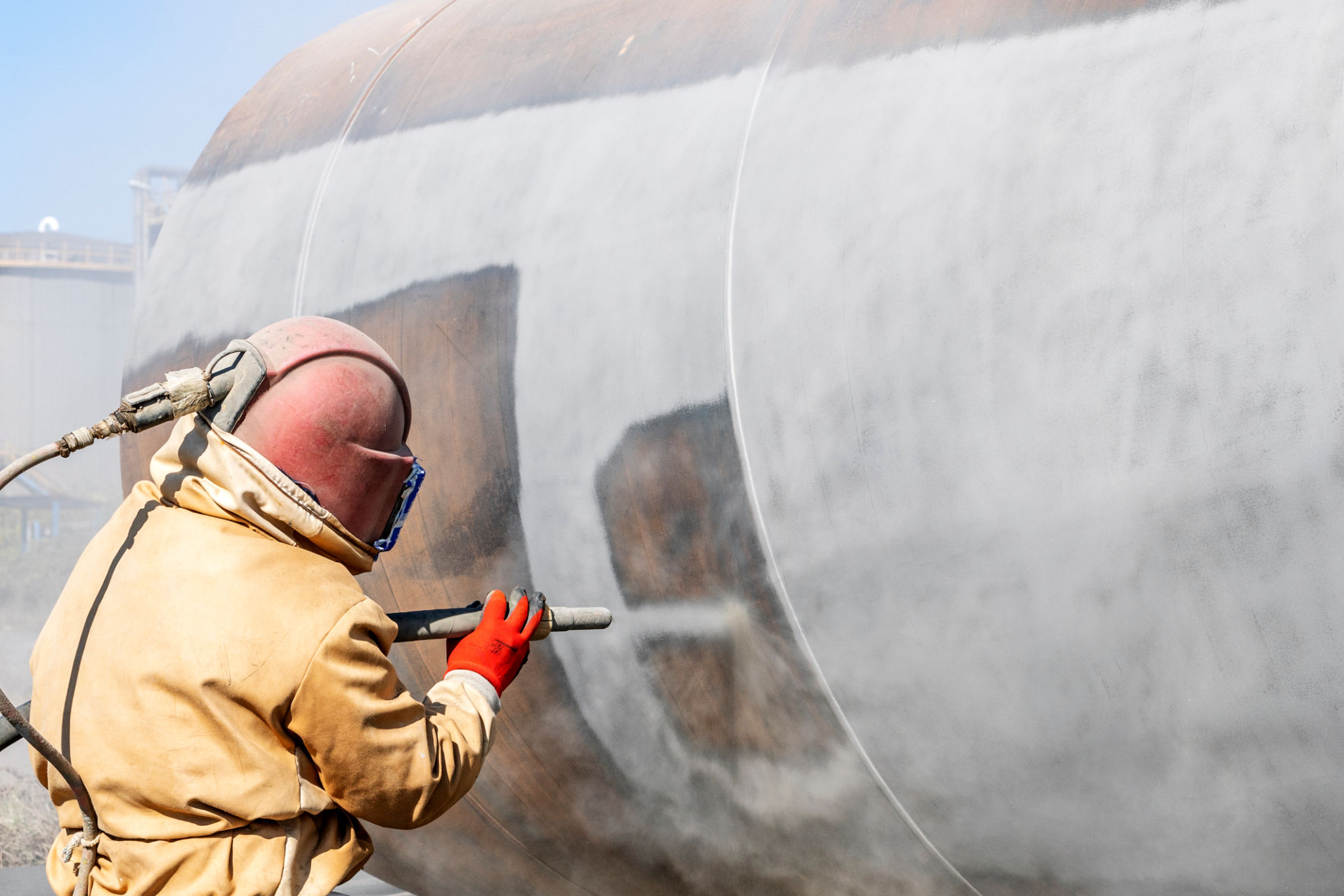How to Prepare Your Property for a Coating Inspection: A Step-by-Step Guide
Understanding the Importance of Coating Inspections
Coating inspections are crucial for maintaining the integrity and longevity of surfaces in industrial and residential properties. These inspections ensure that coatings are applied correctly and adhere properly, providing the necessary protection against environmental factors. Proper preparation of your property can maximize the effectiveness of the inspection, leading to better results and fewer costly repairs down the line.
Ensuring that your property is ready for a coating inspection involves several essential steps. By following a systematic approach, you can facilitate a smooth inspection process and ensure that your coatings meet industry standards.

Step 1: Conduct a Pre-Inspection Assessment
Before scheduling a formal inspection, it's beneficial to conduct a preliminary assessment of your property. This will help you identify any areas of concern that need attention before the inspector arrives. Check for signs of damage, such as cracks, peeling, or rust, which can compromise the coating's effectiveness.
Consider hiring a professional to perform this pre-inspection, as they can provide expert guidance on potential issues that might not be immediately apparent. This proactive step can save time and resources by addressing problems before the official inspection takes place.
Document Existing Conditions
During the pre-inspection assessment, it's important to document the existing conditions of your property. Take photographs and notes of any areas that require special attention. This documentation will serve as a useful reference during the official inspection and can help track any changes over time.

Step 2: Clean and Prepare the Surface
Once potential issues have been identified, prepare the surface by thoroughly cleaning it. Dirt, grease, and other contaminants can interfere with coating adhesion, leading to future problems. Use appropriate cleaning solutions and equipment to ensure all surfaces are free of debris.
For areas with significant buildup or corrosion, more intensive cleaning methods like sandblasting or power washing may be necessary. Ensure that all cleaning processes are completed well in advance of the inspection date to allow time for any necessary repairs or touch-ups.
Repair and Patch Any Damages
After cleaning, inspect the surface for any damages that need repair. Fill in cracks, patch holes, and address any other defects that could undermine the coating's performance. Pay special attention to edges and corners, as these areas are often prone to wear and tear.

Step 3: Ensure Accessibility for Inspectors
For an effective coating inspection, inspectors need access to all relevant areas of your property. Remove any obstacles that might hinder their ability to assess the coating thoroughly. This includes moving furniture, equipment, or storage items that may block key surfaces.
If certain areas are difficult to reach, consider providing ladders or scaffolding to ensure inspectors can safely evaluate every part of your property. Effective communication with the inspection team regarding access requirements can streamline the process and prevent delays.
Coordinate with Inspection Professionals
Finally, coordinate with the inspection professionals to discuss any specific requirements or concerns you may have. Providing them with detailed information about your property and any previous coating applications can help them tailor their approach to meet your needs. Open communication ensures that both parties are aligned on expectations and outcomes.
By following these steps, you can effectively prepare your property for a coating inspection, ensuring optimal results and prolonging the life of your coatings.